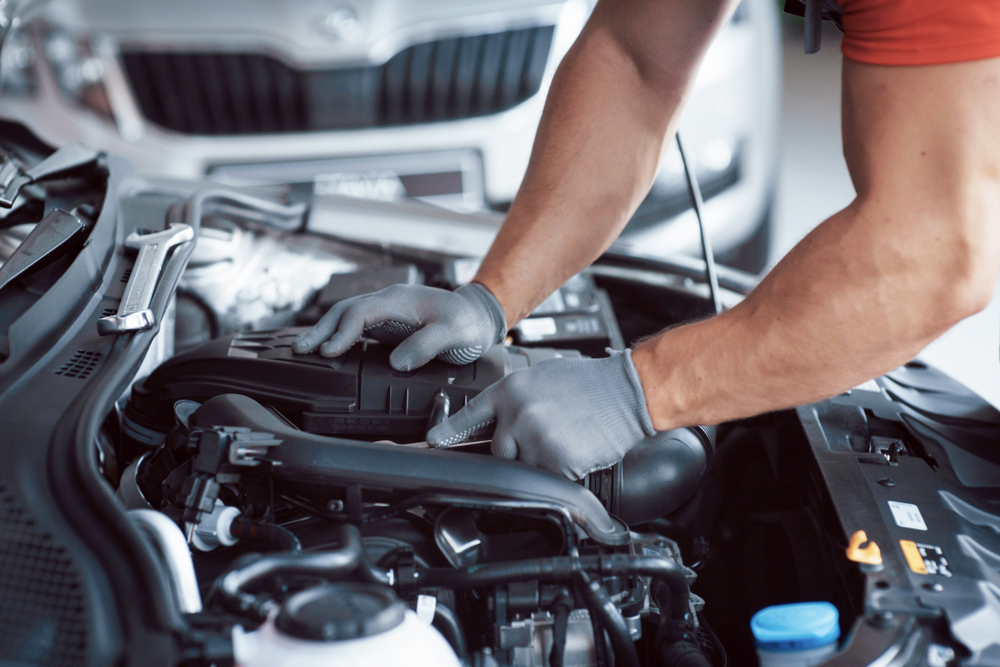In the modern era, rising fuel prices and environmental issues have made it more critical than ever before for us to find a way of saving gas, not only in economics but also in ecology. It is heartening that there are easy and practical measures all drivers can perform to consume less fuel while lowering their carbon footprint. In this blog, we’ll provide simple steps that you can follow to be a more fuel-efficient driver while preserving your everyday routine.
Maintain your vehicle
For ensuring fuel economy, one of the best practices is to keep your vehicle in good condition. Simple and routine maintenance services like oil changes, air filter replacements, and flat tire rotations can be very effective in improving the mileage of your car. For instance, an underinflated tire increases fuel consumption; hence, check the wheel air pressure regularly.

Drive Smoothly
Aggressive driving is not only dangerous but also wastes more fuel. In order to reduce the consumption of gasoline, drive smoothly. Do not engage in rapid acceleration or sudden braking, and when it is possible, always drive at a reasonably uniform speed. A constant speed can also be achieved through the use of cruise control on highways, and this may help in regards to fuel efficiency.
Lighten the load
Unnecessary weight in your vehicle decreases the fuel efficiency of your car. Remove extra items from your trunk that you do not need for travel. An additional 100 pounds in your car can reduce your miles per gallon (mpg) by as much as two percent, so travel light to get the most out of fuel savings.
Properly inflate your tires
As stated above, correct tire care is essential to improving fuel efficiency. Have your tires inflated to the right level of pressure. This not only allows you to save on gas but also increases the durability of your tires. It is advisable to inspect tire pressure at least once a month and before long trips.
Use the right motor oil
Fuel efficiency depends on the type of motor oil that is chosen. Using the oil recommended by the car manufacturer may increase your MPG by up to 1-2%. Also, search for energy-saving motor oils to ensure savings in friction reduction and fuel efficiency.
Limit Idling
Running your engine while parked wastes fuel. If your vehicle is going to be stationary for more than a minute, turn off the engine. The engines of today are designed to operate more economically than any inactive engine for a long time.
Plan your trips
Combine trips and travel judiciously to reduce excessive driving. A planned route would help you steer clear of traffic jams and minimize travel time. Not only does this reduce fuel consumption, but it also helps in having a more enjoyable driving experience.
Utilize air conditioning wisely
It is also likely that an air conditioner would add some extra pressure to the engine and reduce fuel efficiency. It should be used in moderation, and consider opening windows for ventilation when moving at slower speeds. But at freeway speeds, open windows create drag, so they should be used sparingly in such circumstances.
Consider carpooling or ride-sharing
Carpooling with other people not only saves time from traffic jams but also reduces personal fuel consumption. Carpooling would be an option if at all possible to discuss with colleagues, friends, or even neighbors. Further, if possible, opt for ride-sharing services. Carpooling not only cuts down on gasoline but also lowers your total transportation expenses.
Invest in fuel-efficient tires
There is an opportunity to buy fuel-saving models when you need a tire replacement. These rolling-resistance tires are designed in such a way that they help to improve the fuel efficiency of your car. Although they might cost more initially, their long-term fuel costs make them a worthwhile investment.
Drive during off-peak hours
Traffic jams not only increase stress but also result in wasted fuel. Wherever convenient, plan your trips during the less-busy periods to avoid jams. The fuel efficiency gains from steady, uninterrupted driving at constant speed reduce both wasted time and gas.
Practice eco-driving techniques
Eco-driving is the practice of habits that optimize fuel use. This also encompasses pre-empting traffic flow, coasting to a halt rather than stopping abruptly, as well as employing engine braking on downhill terrain. Considering how you drive, one can increase fuel efficiency and help create a more environmentally friendly practice.

Conclusion
By incorporating these minor practices into your driving habits, you can contribute to both your pocket and the environment. To be classified as a fuel-efficient driver, one does not need to make drastic changes but rather small and steady efforts. It is important to keep in mind that every gallon saved means a leap towards the new world of ecology and economy. Begin practicing these suggestions immediately and start reaping the advantages of a greener and more efficient journey.

